
Innovation
Powering technological advancement in the industry.
Committed to research and development, Trina Solar continues to set industry standards and benchmarks for performance and sustainability. We have been responsible for a number of global breakthroughs, with 25 world records for silicon cell efficiency and solar module power output since 2011.
Trina was the first company to receive Client Test Data Program (CTDP) certification from UL, allowing us to conduct cutting-edge research reliably on campus.
November 2019
June 2021
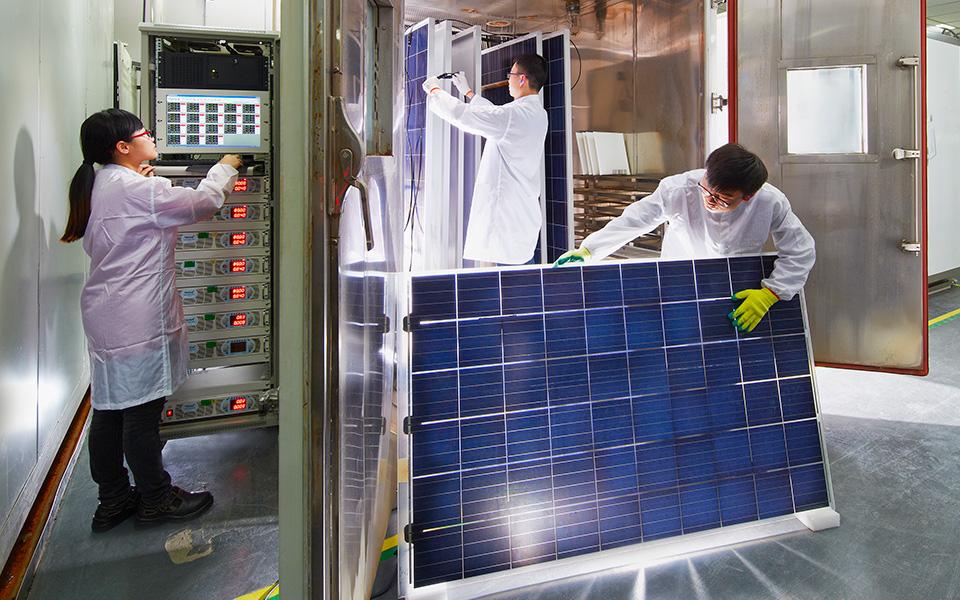
Cutting-edge research and development.
With robust and rigorous R&D, Trina Solar's rapid rate of innovation has led to over 2000 patent applications, including over 1000 invention patents.
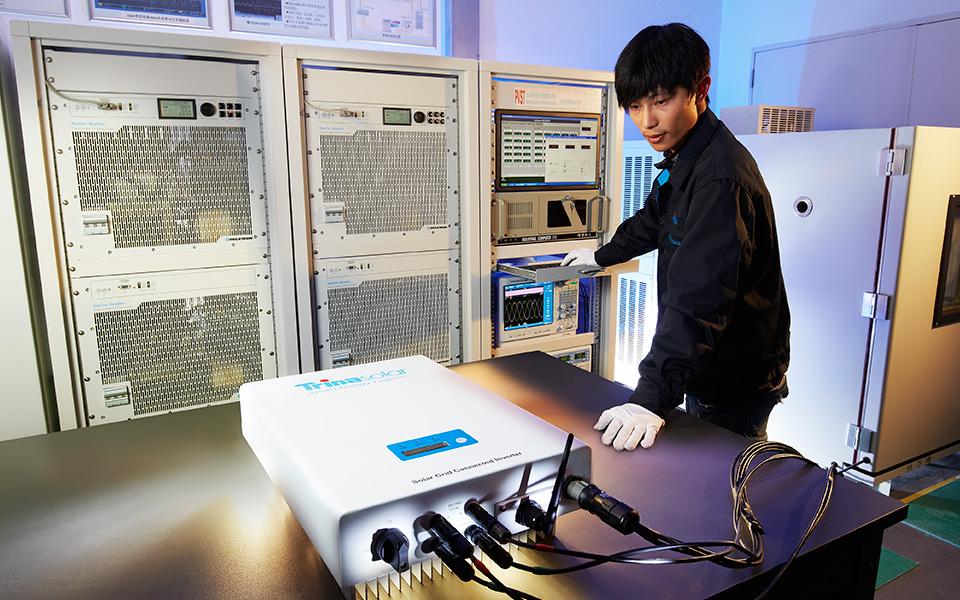
Advancing the boundaries of solar efficiency.
With world records of 23.22% with n-type i-TOPCon Solar Cell on Cast-mono substrate in Nov. 2019 and aperture module efficiency of 23.03% for larger-area industrial silicon p-type modules in June 2021, Trina continues to set the standard for solar efficiency.
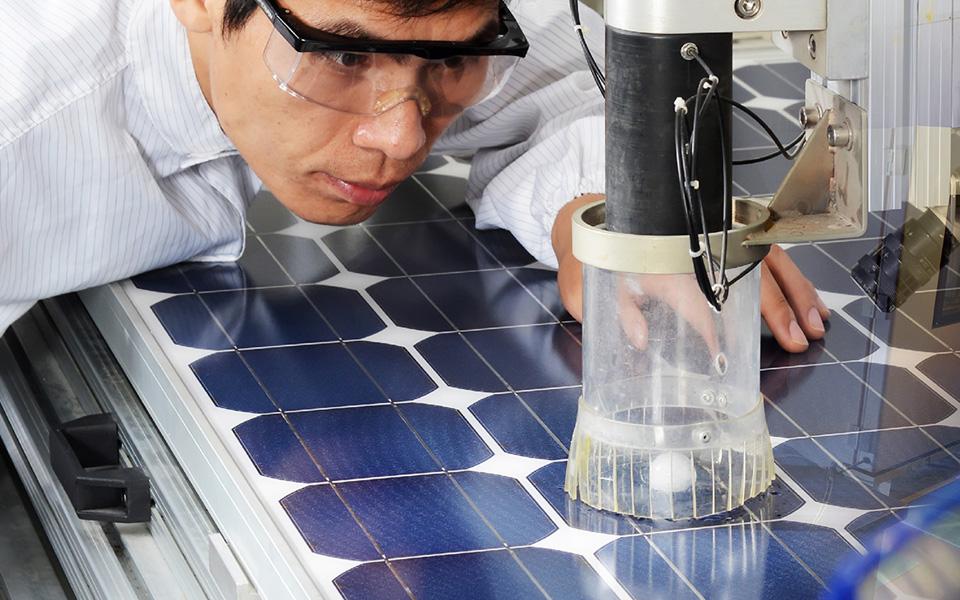
A state-of-the-art research hub.
The State Key Laboratory of PV Science and Technology fosters cutting-edge innovation through partnerships with leading universities and research institutions. Together we explore promising PV materials, cell and module technologies, and improve system level performance.

Solar Energy Research Institute of Singapore
Together, we collaborated on the development of a back contact solar cell. We are targeting 21.5 percent production cell efficiency, and up to 23.5 percent laboratory test cell efficiency within 3 years.
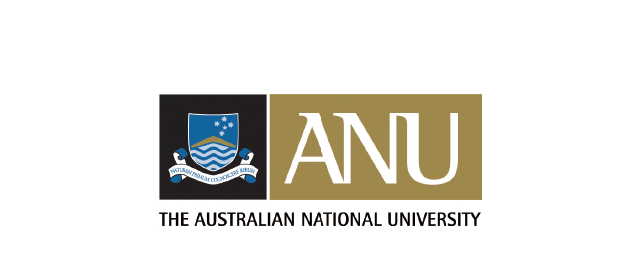
Australian National University
Working with ANU, we have achieved 24.4 percent maximum conversion efficiency in the laboratory for n-type mono c-Si IBC cells. Small-scale pilot production can currently reach a maximum conversion efficiency of 21 percent, and engineers are currently manufacturing the corresponding mass production line.
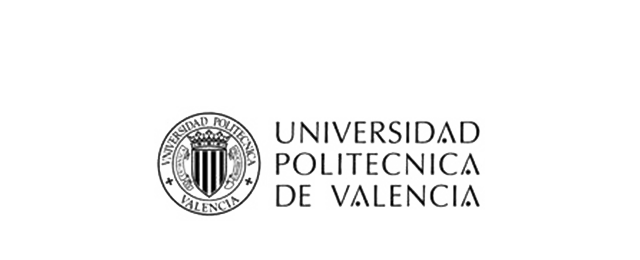
Universidad Politécnica de Valencia
Trina Solar has taken a guest lectureship of PV specialization training program and cooperated on doctorate-level photovoltaic research.

